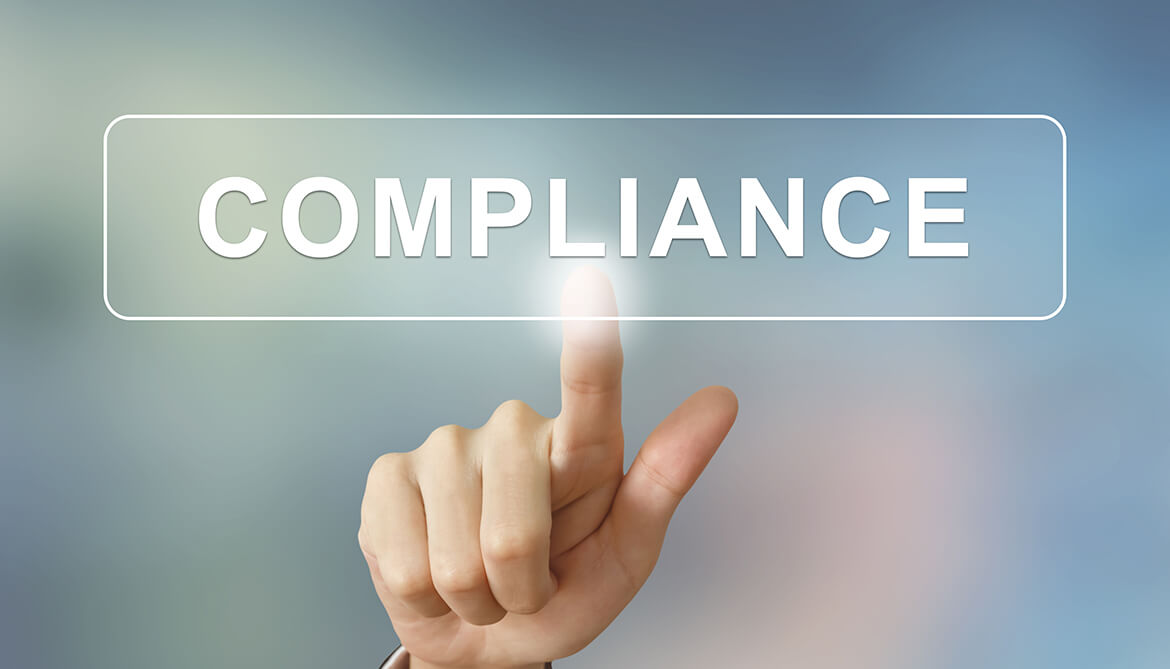Distinguishing risk management from compliance may not seem like a critical line item on your business agenda, but doing so can make all the difference between merely avoiding risk and actually creating tangible value.
Leadership teams and risk managers who understand how compliance and risk management differ, and how to bring the two together, can make a real impact at their organizations.
How Compliance and Risk Management Align and Differ
Without a doubt, compliance and risk management are closely aligned: Compliance with established rules and regulations helps protect organizations from a variety of unique risks, while risk management helps protect organizations from risks that could lead to non-compliance—a risk, itself.
Ultimately, both compliance and risk management help organizations maintain their stability and integrity on a variety of levels. In fact, an organization can’t really have a robust risk management program without compliance and vice versa.
However, their differences are worth noting because compliance-related activities and risk management-related activities deserve unique approaches and execution tactics. Here’s how to compare compliance and risk management:
- Tactical vs. Strategic: Since non-compliance can trigger expensive fines and penalties, as well as reputation damage, it should not be undervalued. Still, it requires more of a “box checking” approach—or dotting i’s and crossing t’s—in order to ensure your organization is obeying prescribed rules and regulations. Risk management, on the other hand, should depend more heavily on analysis in order to circumvent risks or determine risks worth taking.
- Prescribed vs. Predictive: The prescriptive nature of compliance and predictive nature of risk management explains, in part, why the former is more tactical and the latter is more strategic. With compliance, organizations must adhere to rules and regulations already in place. Risk management, however, should be less reactive. It should be able to forecast the impact risks will have on your organization—spurring new and innovative processes (as opposed to subscribing to established rules) that minimize risks or take advantage of their upsides.
- Risk Aversion vs. Value Creation: Of course compliance has upsides. However, complying with governance rules and regulations rarely translates into value-generating business propositions without the long-lens approach of risk management. Compliance usually stops with verification that a rule has been followed to avoid risks. The best risk management, though, can transform the necessary evils associated with compliance into a winning value proposition. See firsthand how Stanley Steemer transformed a compliance-driven process into a vehicle for value creation.
- Siloed vs. Integrated: Compliance is often driven by a siloed compliance department or siloed initiatives in various departments. And while compliance processes certainly benefit from broad transparency, they can survive without it. Conversely, the most impactful risk management programs cannot perform in silos. Integrating departments, technology systems and processes is necessary to determine the overarching risks within an organization and how they should be handled—whether it’s to avoid their implications or drive value.
Tackle compliance and risk management with different approaches using the same technology.
Despite the differences between compliance and risk management, the right risk management technology can actually address both.
First it can serve as a compliance management system, helping compliance managers centralize all of their information and then automate the myriad administrative tasks required to comply with everything from FCPA, ISO, IT requirements, NIST, Sarbanes-Oxley, and more. More specifically, the right risk management technology can:
- Serve as a repository for all known governance (regulations, contracts, internal policies) with change tracking and monitoring
- Make the connection between governance and the potentially impacted processes, places and people
- Facilitate compliance attestation using interactive PDFs to minimize time and effort for self assessment
- Provide a full audit trail, including participant copies of attestations
- Interface with other internal or external systems for relevant regulation updates
All of this helps to address the tactical and prescriptive nature of compliance, but the technology can do so much more. Thanks to its ability to consolidate risk and compliance information in one place, as well as produce the strongest of analytics, the right risk management technology enables strategic, predictive and integrated risk management.
The technology can surface your relevant risk information—from wherever it’s hiding in your organization—analyze it, connect it with other internal and external data, and normalize it securely in the cloud. From there, you can easily answer critical business questions—uncovering both threats and opportunities for your organizations, and allowing you to focus on areas where your attention is most needed.
Ultimately, the right risk management technology can serve the dual purposes of compliance and risk management programs because of its own dual purpose: Automating and streamlining administrative tasks, while serving as a crucial analytics tool.
In Conclusion
Sure, compliance and risk management are different. And organizations need to be careful to not lump the two together as one initiative, with one approach. However, understanding their similarities and how to align the two is equally important—allowing you to reap the benefits from compliance and risk management being in sync.





